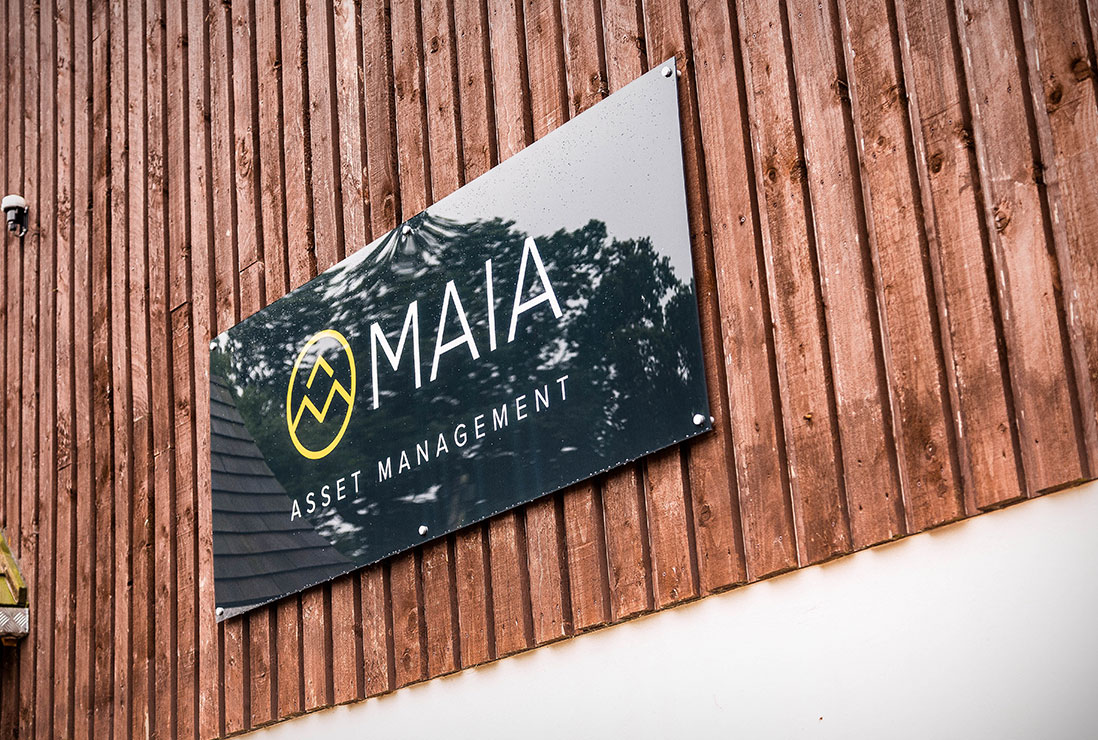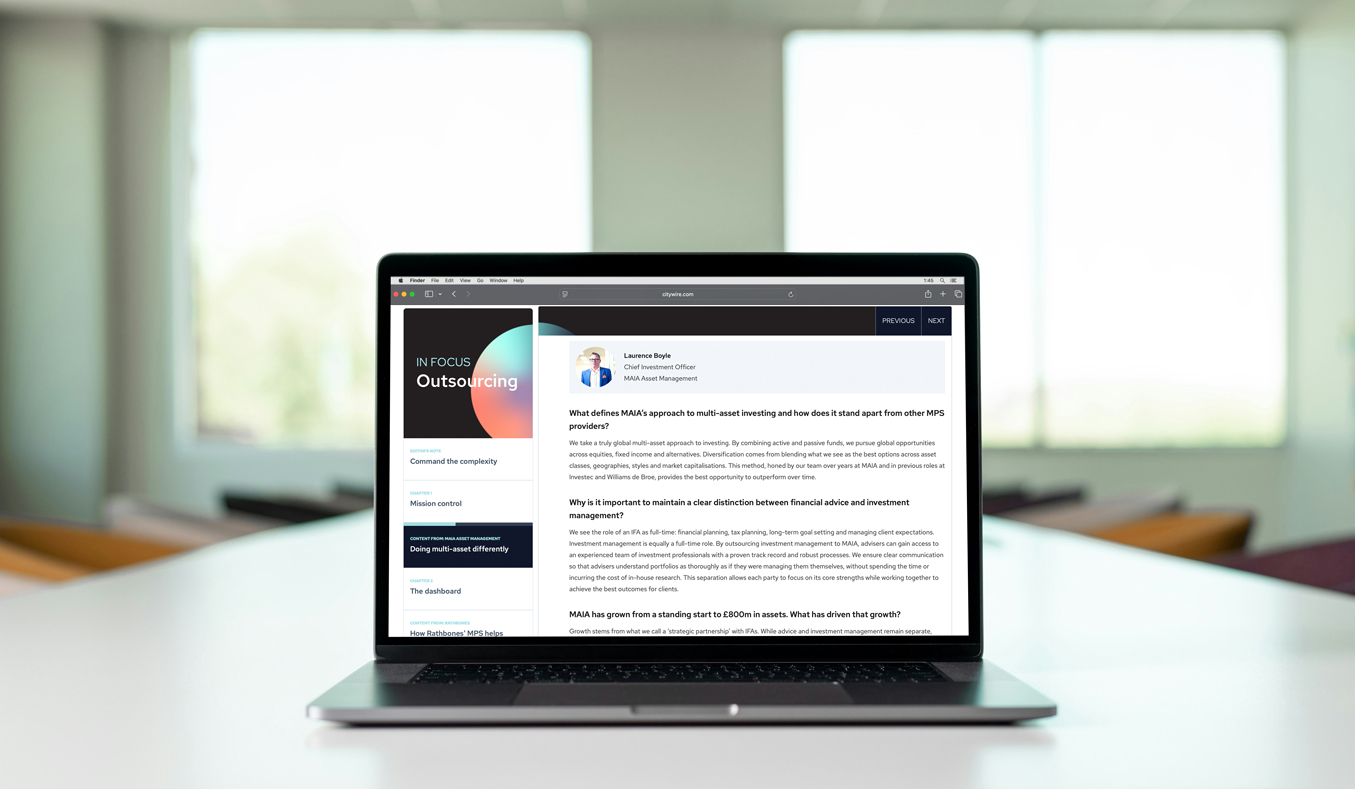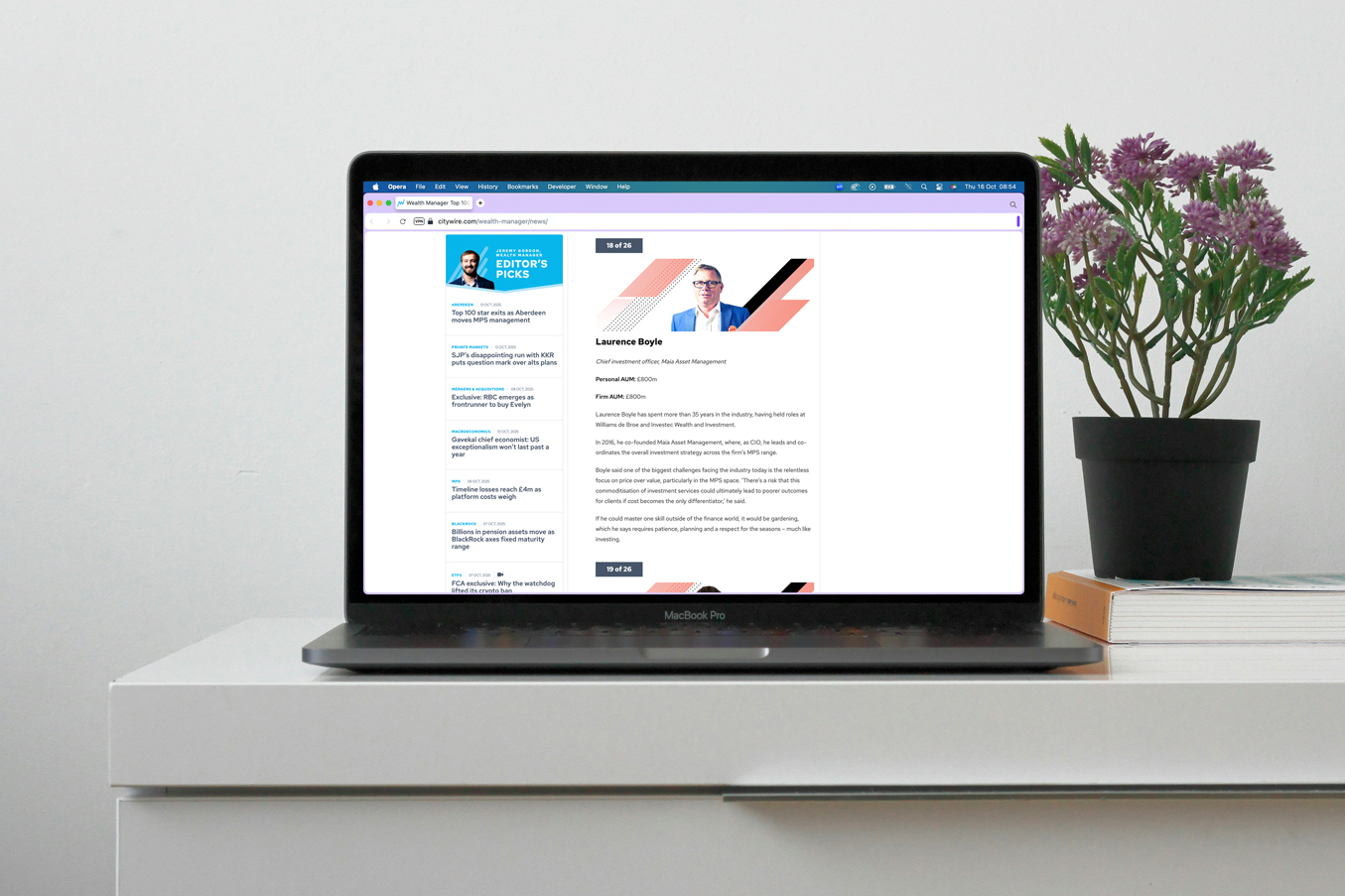At the start of 2024, markets were pricing in multiple interest rate cuts by central banks, inflation falling and the possibility that some economies could be close to or even moving into shallow recessions during 2024.

This has changed dramatically as the year has progressed. The number of interest rate cuts priced in has reduced, growth is now predicted to slow but still be positive and inflation is priced to be stickier than first hoped.
Markets have performed well on average; however, we believe what is more important is that the opportunities to make positive returns continue to be as prevalent for investors.
The Political Landscape:
Within the last quarter both the UK and France called snap elections. This was expected in the UK, as an election needed to occur before February 2025, however the French election was unforeseen.
Historically, even when a dramatic change occurs in the ruling parties, the impact for long term investors is generally low. If you plot the return profile of any regional equity market over multiple decades, it will be positive regardless of the political party in power.
There has been little volatility in UK assets caused by the election, as the polls had strongly indicated that Labour would take power. UK asset prices are instead being driven by inflation, interest rate expectations and growth.
The US election is looming at the end of the year, which will likely cause short term increased volatility in markets. The longer-term implications of the result are unknown currently regardless of whether the Democrats or Republicans are voted into power.
As with all risks, we will continue to monitor the changes to fiscal spending, taxation and global trade levels, to see whether underlying changes are required to our asset allocation and fund selection. However, a result either way in any election is unlikely to lead to changes to our portfolios. Politics do not move the markets significantly, especially over the longer term.
So, what about the second half of 2024?
Even though the global economic picture has changed, and performance has been positive over the first half of the year, the investment team believe these positive returns can continue over the rest of 2024 and moving into 2025.
Equities
For UK Equities, now that Labour have been elected to run the government, we have taken a look at some of their manifesto missions and how we feel this could benefit our portfolios.
Labour have announced that they intend to focus on growth and economic stability for the UK economy. Labour’s plan to kick start growth, and strategies to give businesses long term certainty for investment decisions, should provide confidence for UK business leaders. With valuations in the UK low relative to global peers there is the potential for a rerating of UK equities, and increased M&A activity.
In the US we are aware that market performance has been driven on the performance of a few large companies, and with valuations at high levels, this presents a risk to investors. We are actively reviewing our US exposure with this in mind.
Fixed Income:
Fixed Income continues to have a far better backdrop, compared to the recent past, for investors. Yields are still higher, prices are still under par and with interest rate cuts still to come, the return profile for investors is positive for the short, medium and long term.
With the Labour government’s focus on economic stability and a commitment to maintain the current government fiscal rules, expectations are for inflation to remain low and stable. Government debt currently offers a good yield and the opportunity for capital return as interest rate cuts lead to yields falling and prices rising, means we continue to own Gilts (UK government bonds) as part of our fixed interest exposure within portfolios.
Alternatives:
The alternative space also has its own positive drivers moving forward.
We expect infrastructure to be a major beneficiary of Labour’s plans for several reasons; Labour has announced their intention to support planning rules, increasing the number of houses built per annum, as such infrastructure in the form of utilities, roads, and railways will be required to support this. In addition the launch of a new National Wealth Fund to invest in industries of the future, to accelerate the transition to renewable energy should see further support for infrastructure.
As real yields fall and inflation comes under greater control, the gold price should continue to perform well. Demand continues to be taken up by both central banks and individuals, giving the gold price positive drivers moving forward, which should benefit our direct gold holdings.
For our gold mining equities, the increase in the gold price and the reduction in costs from labour and materials will likely help boost profit margins for these businesses and allow for stock prices to continue to rise, as they have done over the past few months. There is a long way to go for gold mining equities to catch up with the gold price, which we think should occur over the coming months and years.
In conclusion
The opportunities for investors continue to be positive over the longer term. There will be volatility and risks, especially in the short term, however we shall continue to actively allocate to the areas we believe will outperform over time.
This website is aimed at Independent Financial Advisers, please tick the box to confirm that you are an IFA before entering the website.








